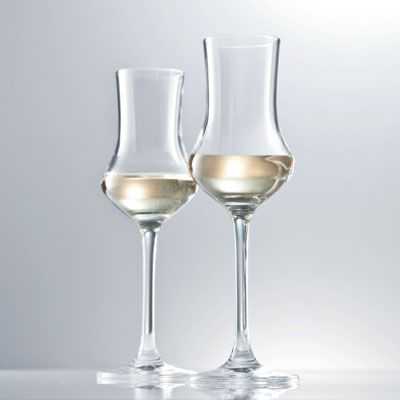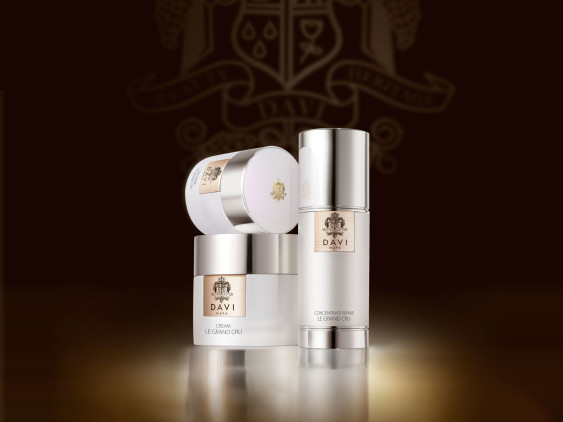There are actually a lot of leftover materials after the wine is made. These can include things like the grape skins, the pulp, stems and seeds. But just because they’re leftovers doesn’t mean they’re trash. These leftovers, which are referred to as pomace, actually contain tons of antioxidants and other nutrients, and can be salvaged to make any number of products.

Grappa is probably the most famous wine byproduct. Image source: Winesur.
The most obvious use for these leftovers is…to create still more alcohol! That’s right, several additional kinds of brandy-like spirits are produced using pomace. The most famous is probably Grappa, from Italy. Grappa is produced when the pomace is re-fermented then distilled into a brandy spirit. Many Grappas are clear, though you can find some darker aged ones as well. Personally, I find it tastes like a mix between vodka and rum. That is to say, it’s clear and fairly neutral flavored, though there can be a tremendous variety both of texture and quality. Some Grappas are harsh and “burny,” while others are smooth as silk and go down like a silver bullet. Don’t let the often delicate and fanciful bottles fool you, though, they all pack a punch!

There’s a reason Grappa is served in such little glasses – it’s really strong! Image source: Wineware.
In France, this type of spirit is actually called Marc…or more properly, Eau de Vie de Marc. Unlike a lot of Grappa, Marc is usually aged in oak barrels and develops a caramel-brown color. Burgundy is famous for its Marcs.
Both are drunk as digestifs to enjoy after a meal. And some folks even drop a dose of it into their post-prandial espresso to give it a little kick. In Italy, they even sneak some Grappa into their morning coffee to make what is called a caffé corretto – what a way to start the day!
But Grappa and Marc are far from the only pomace brandies out there. You can also find them in several other countries. In Albania, Croatia and Turkey, they’re called Raki. In Greece, it’s Tsipouro, while in Portugal it’s Aguardente and Spain has Orujo, so there are plenty to try!
Aside from spirits, pomace can also be used for any number of other purposes including compost and even biofuels! Another popular byproduct? Grapeseed oil. Some chefs like to use in cooking because of the healthy fatty acids in it and its neutral flavor. The polyphenols in pomace are both heart-healthy and shown to have powerful antibacterial properties, meaning they can also be used as food preservatives and even to make a healthy, gluten-free type of flour.

A lot of fancy spa brands like Davi use grapes and grapeseed oil in their products. Image source: Davi.
Grapeseed oil is also really good for your skin, too, and you might have seen it used (or better yet, had it used on you) in spa brands like Caudalie, Davi, super-premium Vintner’s Daughter.
Basically, when it comes to grapes, the wine is just the first of many possible byproducts. So have a look around your wine shop or liquor store and see if you spot any of these leftovers.

